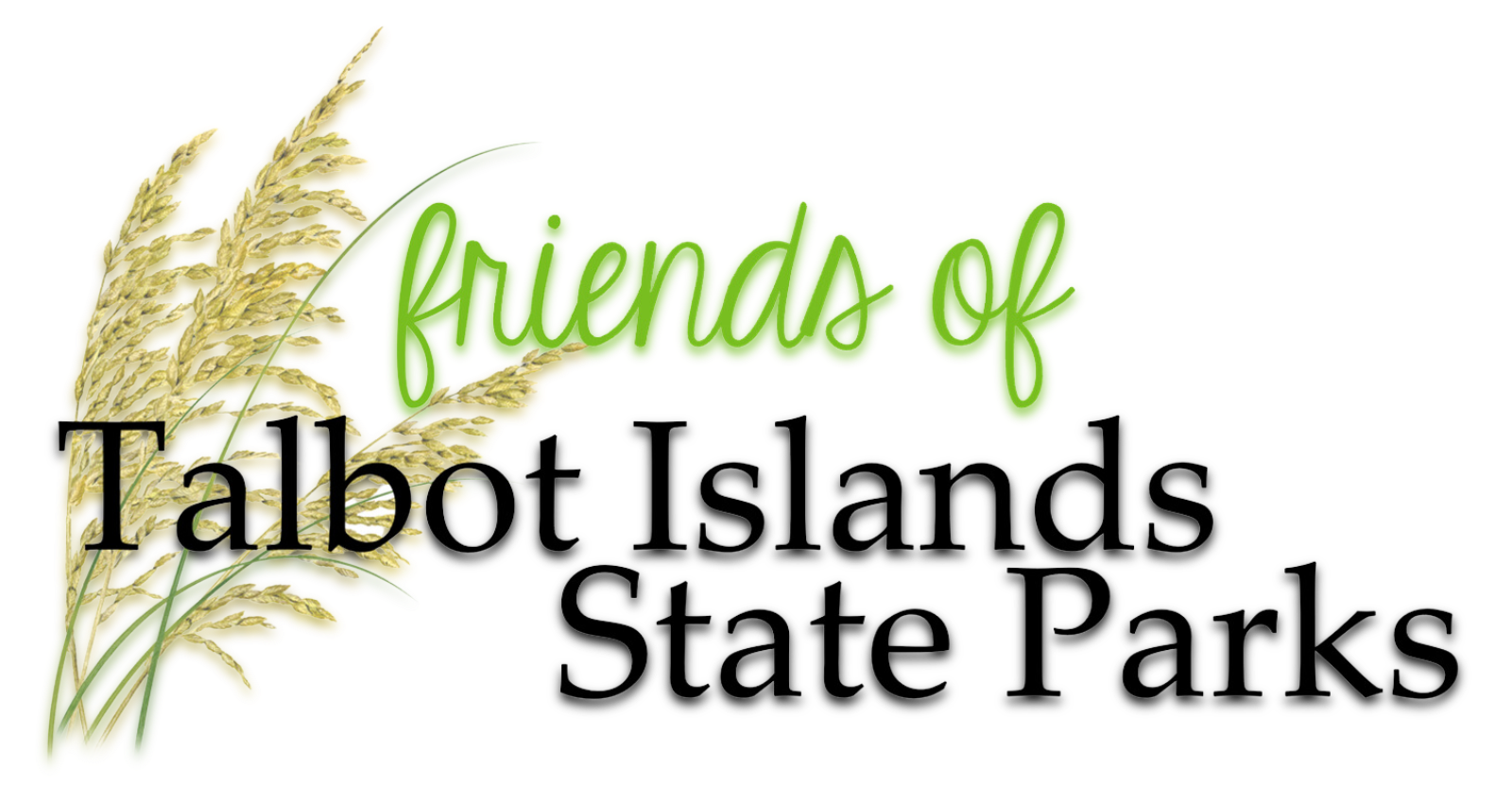Archaeology
The archaeology at Talbot Islands State Parks offers a fascinating glimpse into the historical and cultural heritage of the area. The parks, located in northeastern Florida, encompass a diverse range of ecosystems, including maritime hammocks, salt marshes, and coastal dunes. Throughout history, these environments attracted indigenous communities, settlers, and explorers, leaving behind traces of their presence. Archaeological investigations at Talbot Islands State Parks have uncovered artifacts, tools, and remnants of past human activities. These findings provide insights into the lives, technologies, and interactions of Native American groups that inhabited the region for thousands of years. Evidence of prehistoric habitation, such as pottery fragments and stone tools, helps reconstruct ancient ways of life. |  |
The parks also hold historical significance from the colonial era, with remnants of early European settlements, including remnants of homesteads, structures, and artifacts. The archaeology at Talbot Islands State Parks allows researchers and visitors to explore the cultural connections between Native Americans and European settlers, as well as the changes in human landscapes over time. Through careful excavation, documentation, and interpretation, archaeologists uncover layers of history that contribute to our understanding of the area's rich past. As you visit the parks, you'll have the opportunity to appreciate the cultural heritage and archaeological discoveries that make Talbot Islands State Parks a unique destination where natural beauty and historical significance converge. |
